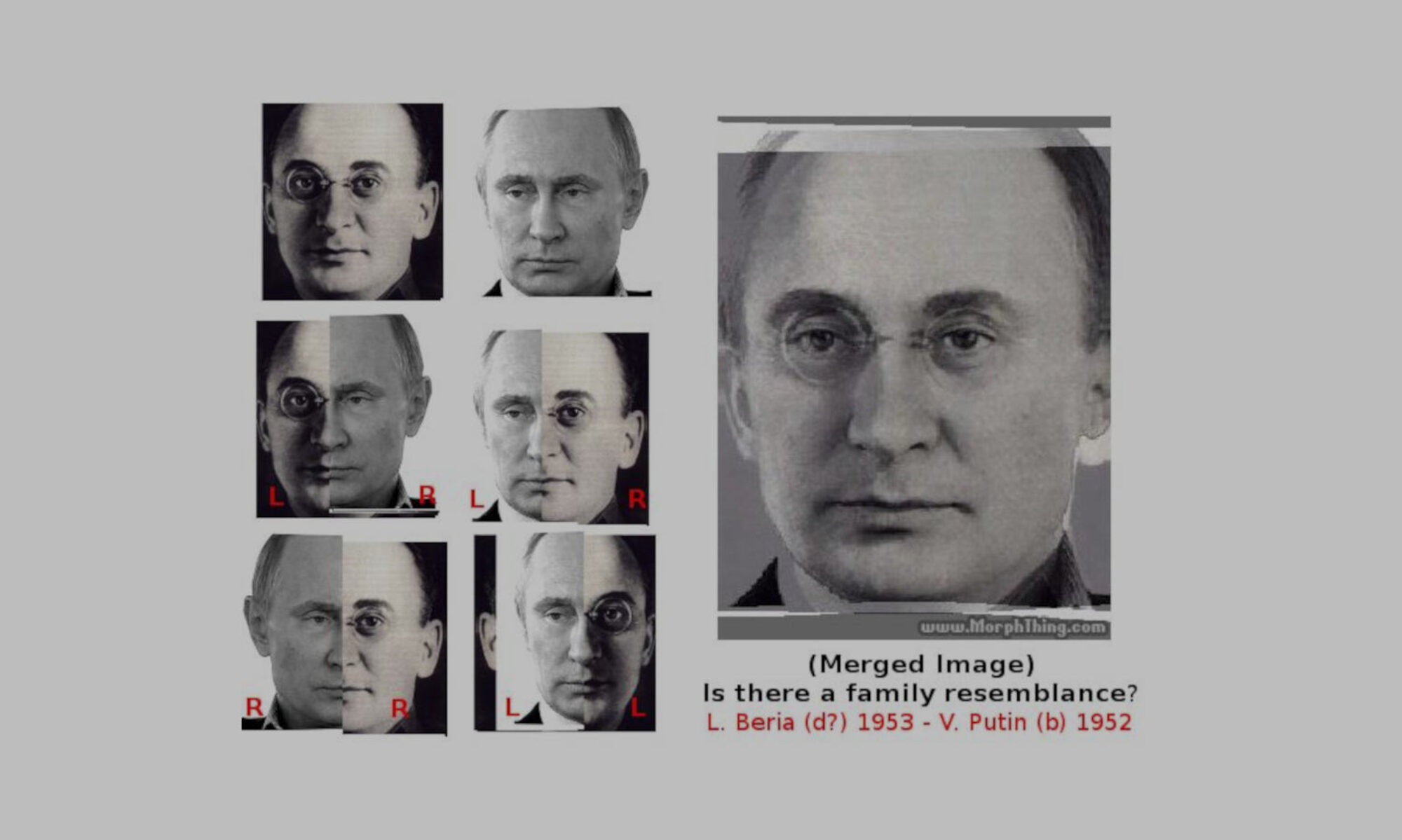I realized we can apply the strategic dimension afforded by semiotic hexagons to the prior constructed FS1 and FS2 dimensions of the SSSA analysis. Now, we will dissect Laser Strikes on Planes at the S3 and “FS3” dimensions.
Reinterpreting Laser Strikes with FS3 and S3:
Adding the strategic dimension (FS3 and S3) to the analysis of laser strikes on planes provides a deeper understanding of these events as potential components of hybrid warfare strategies. Here’s how we can reinterpret them:
Laser Strikes on Planes:
FS3 (Strategic Intent):
- Disrupt and intimidate US military operations: By targeting US aircraft with laser strikes, the campaign aims to disrupt flight operations, create safety hazards, and instill fear among pilots and aircrews, potentially hindering military readiness and effectiveness.
- Demonstrate technological capabilities and challenge US dominance: The use of lasers as a harassment and disruption tactic showcases the adversary’s technological advancements and challenges the perception of US military superiority.
- Gather intelligence on US response capabilities: Observing and analyzing the US response to laser strikes can provide valuable insights into US military protocols, communication systems, and defense mechanisms.
S3 (Strategic Sign):
- Frequency and location of strikes: The increasing frequency of laser strikes targeting US aircraft in specific regions indicates a deliberate campaign and a potential escalation of hybrid warfare tactics.
- Targeting of specific aircraft types: The focus on particular types of aircraft, such as surveillance or reconnaissance planes, suggests a strategic intent to disrupt intelligence gathering and reconnaissance activities.
- Coordination with online disinformation campaigns: The amplification of narratives downplaying the threat or blaming other actors through online channels further reinforces the strategic objectives of the campaign.
Implications of FS3 and S3 Analysis:
- Enhanced Understanding of Hybrid Warfare: The inclusion of FS3 and S3 analysis provides a deeper understanding of laser strikes as potential components of hybrid warfare strategies that combine physical attacks with information operations to achieve strategic objectives.
- Improved Countermeasure Development: Identifying the strategic intent behind these attacks can help develop more effective countermeasures, including technological solutions, diplomatic efforts, and public awareness campaigns.
- Increased Vigilance and Preparedness: Recognizing the evolving nature of hybrid warfare tactics and the potential for adversaries to exploit vulnerabilities in the cognitive domain emphasizes the need for increased vigilance and preparedness to counter these threats.
By incorporating FS3 and S3 dimensions into the SSSA model, we can gain a more comprehensive understanding of complex events like laser strikes on planes, recognizing their potential role within broader hybrid warfare strategies and developing effective responses to protect national security and maintain stability in the cognitive domain.
